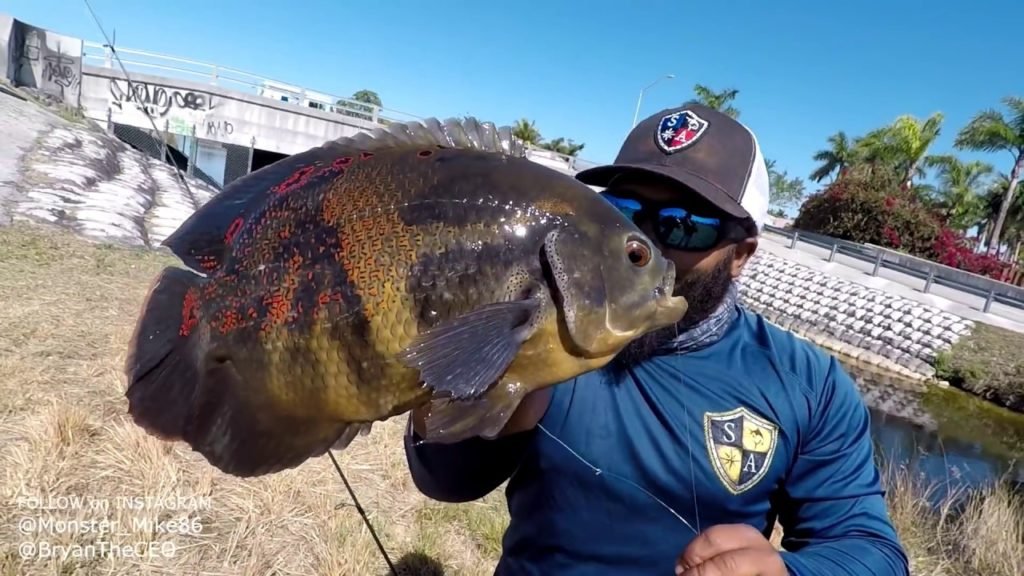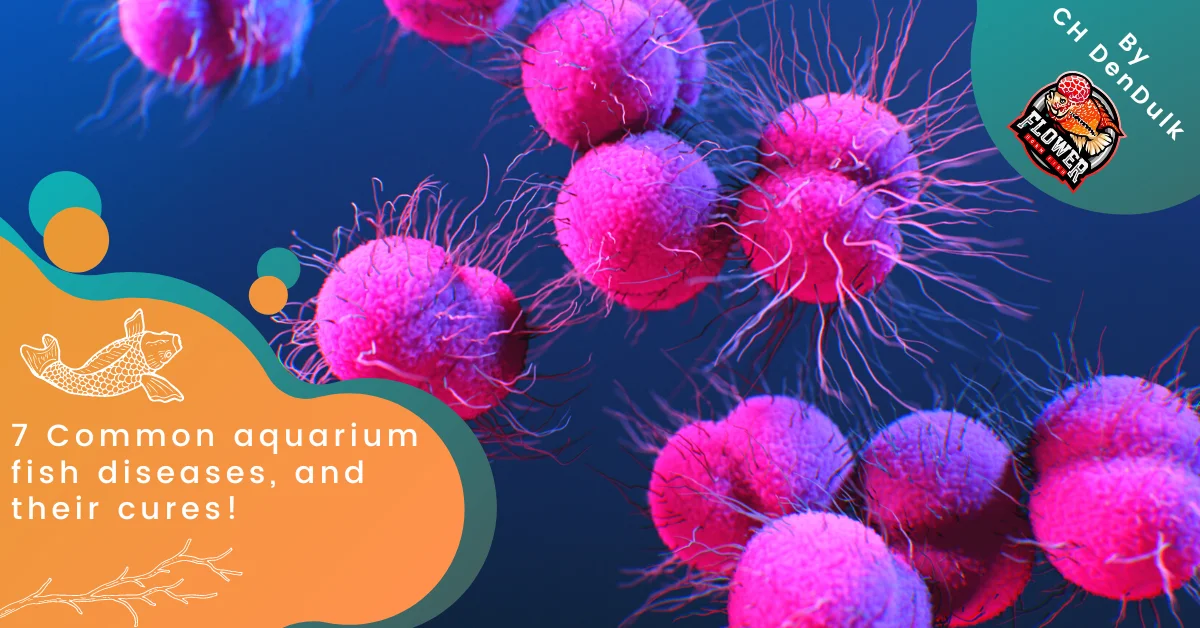Fish to avoid buying in the fishkeeping hobby
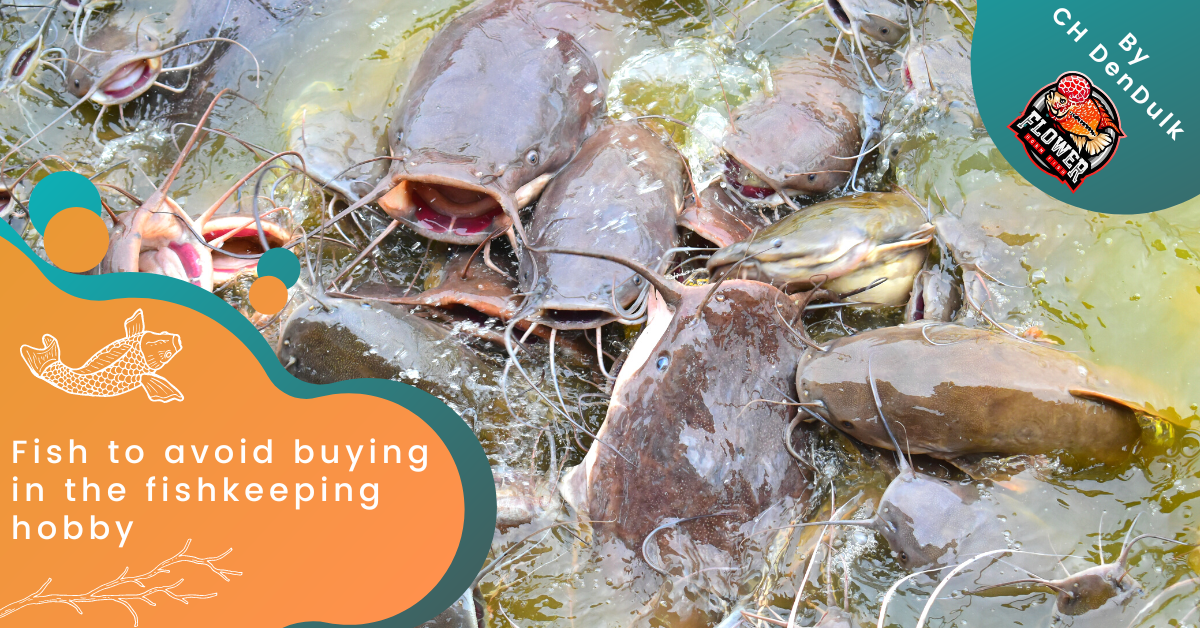
Adding fish to your brand-new aquarium is one of the most exciting parts of fishkeeping. An empty aquarium offers you literally hundreds of choices of different species of fish you can choose from. Although most fish at local pet shops are suitable for the average fishkeeper if the tank setup and water parameters are adequate. Having said that, there are some species that should be avoided at all costs, and unfortunately due to pet shops not educating their customers and wanting to turn a profit. They end up selling these fish to unsuspecting new fishkeepers, and these fish are all entirely unsuitable for normal fishkeepers with an average aquarium. So here is a list of fish you should avoid buying and alternatives, and hopefully, this will help you avoid these fish completely. And in the process stop your local pet shops from selling these fish to other unsuspecting fishkeepers.
Redtail Catfish (Phractocephalus hemioliopterus)
Only the largest aquariums can properly house these beasts. Redtail Catfish are a fast-growing species, they can easily grow 3cms per week when young and reach a length of around 60 cm in less than a year. Adult Redtail Catsih can easily reach 120 cm in length and 55 kg. Yet, you see these absolute beasts of a fish being sold as juveniles at local pet shops. Raphael catfish are similar in both appearance and personality, and dont grow as large as Redtail Catfish and would make an excellent alternative.
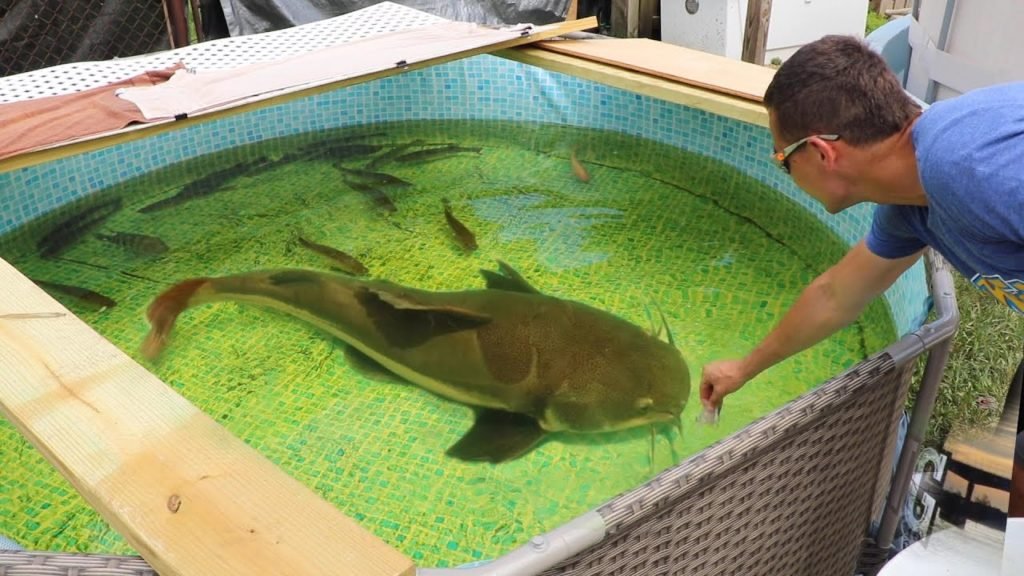
Tiger Shovelnose Catfish (Pseudoplatystoma tigrinum)
The second catfish on this list that has no place in a normal aquarium of any kind, the Tiger shovelnose regularly reaches 120 cm in length. They are extremely hard to feed and cater to: not because they are picky eaters, but the enormous amount of food they need to sustain their quick growth rate and metabolism. Which in some cases is even quicker than the Redtail Catfish, not to mention they will eat anything they can fit in their greedy mouths. The Pictus catfish is a nice alternative to getting a Tiger shovelnose catfish, as it only reaches a length of around 12 cm.
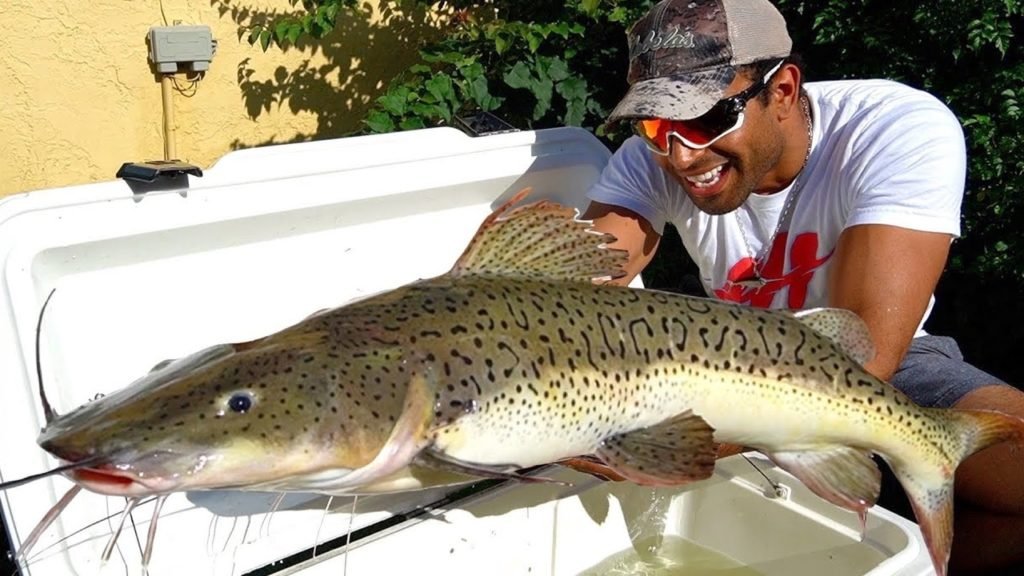
Iridescent Shark (Pangasianodon hypophthalmus)
The Iridescent shark does not belong in any aquarium, as it absolutely dwarfs the Redtail Catfish and Tiger shovelnose Catfish in both size and weight. You regularly see them being sold in local pet shops, as juveniles, they are absolutely small in size and similar in appearance to a shark, making them extremely attractive fish for beginner hobbyists who have no idea just how massive these fish get. These gentle giants easily grow to 200 cm in length and must be kept in groups of at least 5 fish or more to thrive. Both the Redtail shark and the Rainbow shark are good alternatives, only growing to about 15cms.
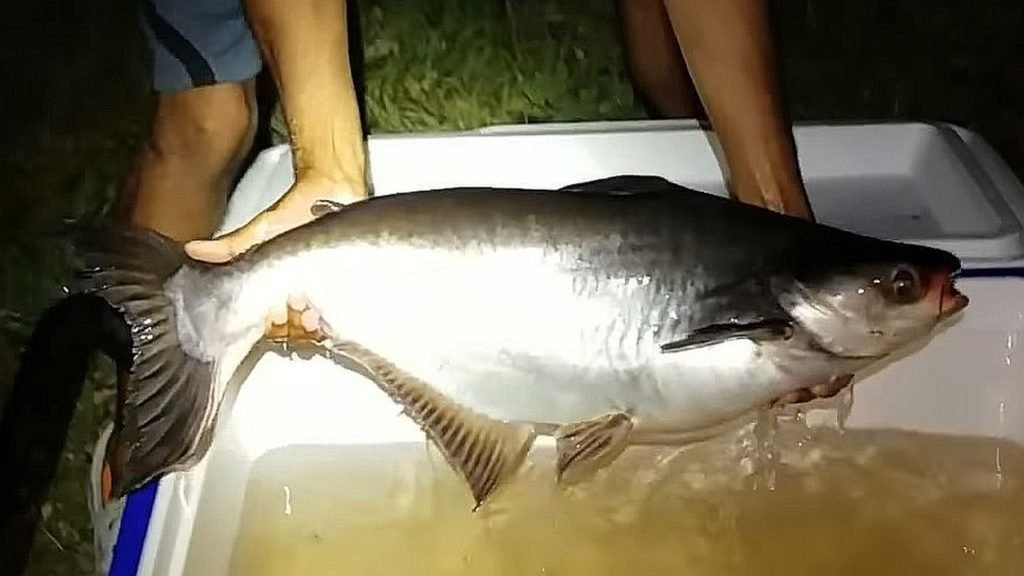
Arowana (Osteoglossum)
Arowana, commonly known as the dragon fish is as majestic and amazing as their nickname suggests. Despite many species being available at your local pet shops, these majestic beats can easily grow up to 120 cm with smaller species easily coming in at around 100 cm. Powerful fish, Arowana are adept jumpers and can easily jump a lid off an aquarium or shatter any glass covers you might have on your aquarium. The African butterfly fish is a surface-dwelling fish that’s as unique in appearance as the Arowana and stays much smaller.
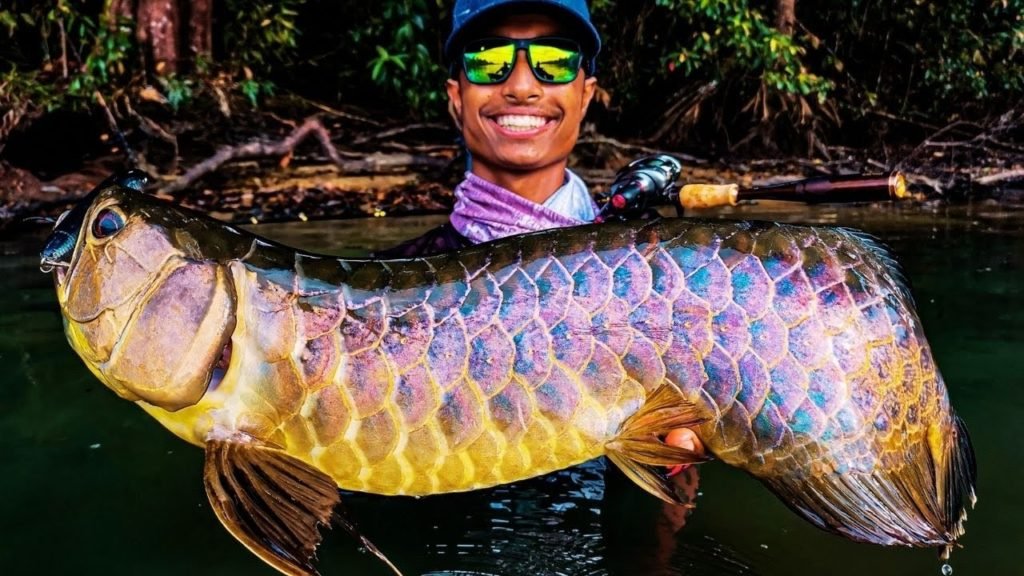
Clown knifefish (Chitala ornata)
The Clown knifefish is a monster of a fish, and can easily grow to lengths of up to 90 cm and require massive aquariums with lots of hiding spaces. Generally sold in pet shops as small, adorable 7 cm juvenile fish, it can become a demanding fish to keep and a very picky eater, only suitable for most veteran fishkeepers. As a side note, Clown knifefish is one of the most invasive species in the world. The Black Ghost knifefish, Glass knifefish, and African brown knifefish are all good alternatives to getting a Clown knifefish.
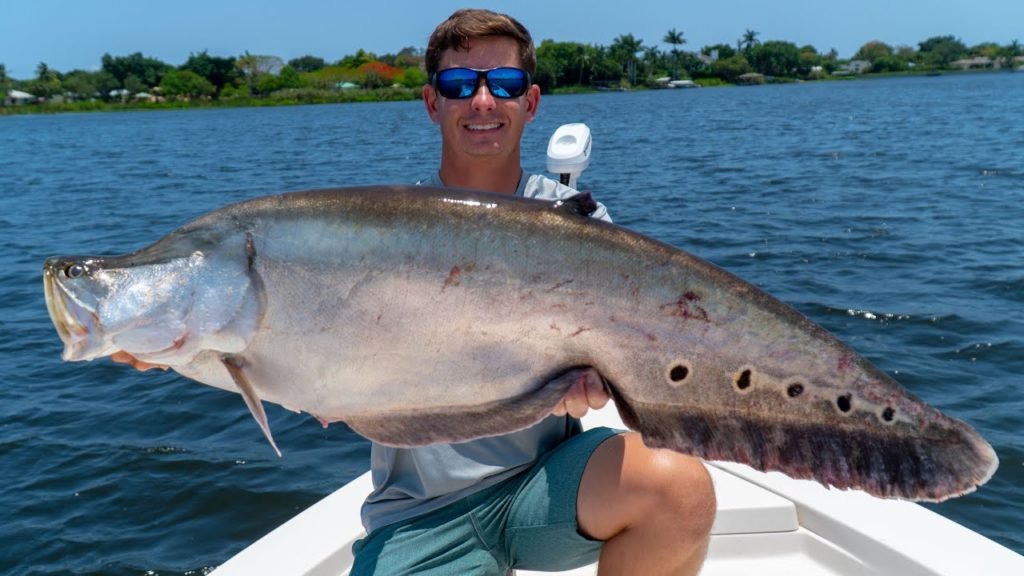
Common Pleco (Hypostomus plecostomus)
Generally sold as a “cleaner fish” or “Algae Eaters” in pet shops the common pleco grows up to 60 cm in length and produces an unbelievable quantity of waste. The sheer amount of waste these fish produce results in algae growth and can easily throw the balance of your aquarium off. And no these fish do not eat algae as juveniles yes a bit but as full-grown fish, these fish won’t touch algae. Common plecos can consume the slime coats of other fish if improperly fed, and in the process, they might injure or kill the fish. The bristlenose pleco s a much smaller catfish than the common pleco and actually does eat algae and other organic materials.
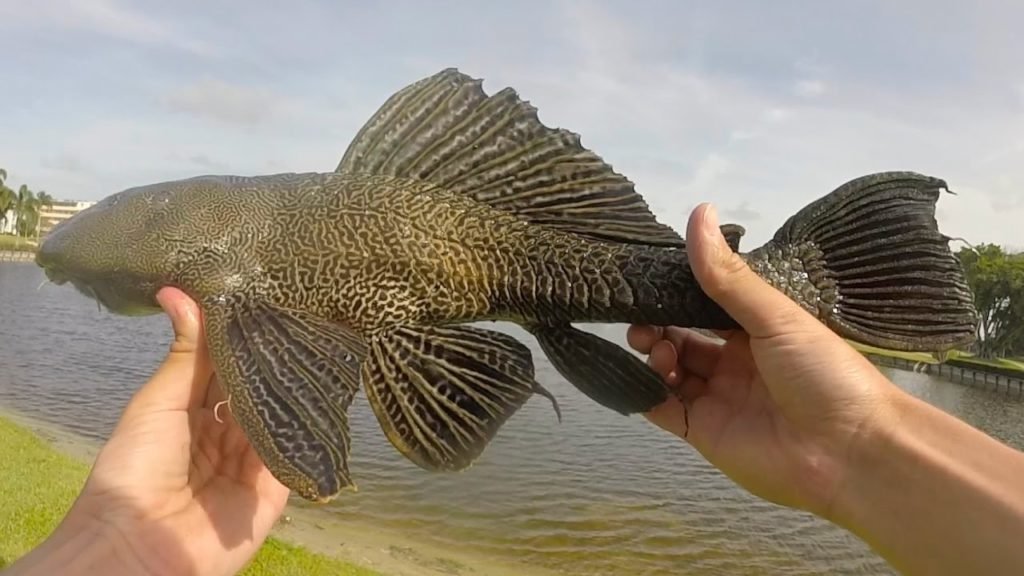
Common Goldfish (Carassius auratus)
The most frequently abused fish on the planet, the common goldfish is sold by pet shops as a “beginner fish” and is easy to keep. In reality, the common goldfish can grow up to 30 cm and requires enormous aquariums or ponds with very powerful filtration. This is due to them producing a lot of waste, that can rival the common Pleco. They are long-lived fish, easily reaching ages of 25 years or more when cared for correctly, meaning keeping these fish becomes a long-term responsibility that not everyone is prepared for.
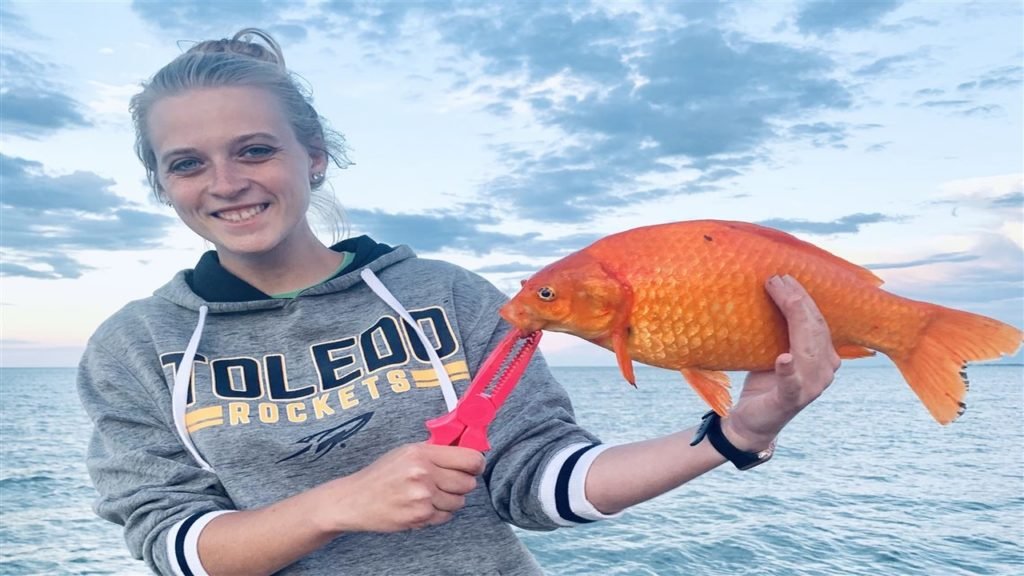
Oscar (Astronotus ocellatus)
Growing rapidly to around 30 cm in length, the Oscar is not as large as the other fish on this list, but I included them on this list nonetheless due to their popularity. Juvenile fish are curious and full of personality, which makes them very attractive to newcomers to the hobby. Generally sold at local pet shops at sizes of approximately 5 cm, they are both adorable and inquisitive. But once they become full-grown, they will eat absolutely everything in sight and will rapidly need an aquarium of at least 350 liters and larger. Better, less aggressive alternatives are the Chocolate and the Firemouth cichlids.
